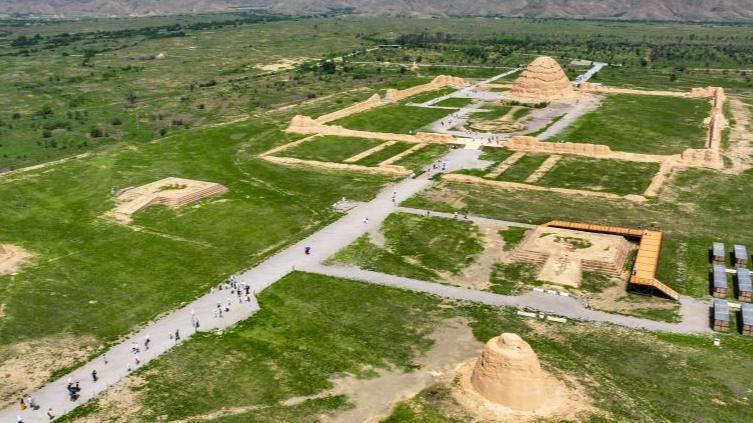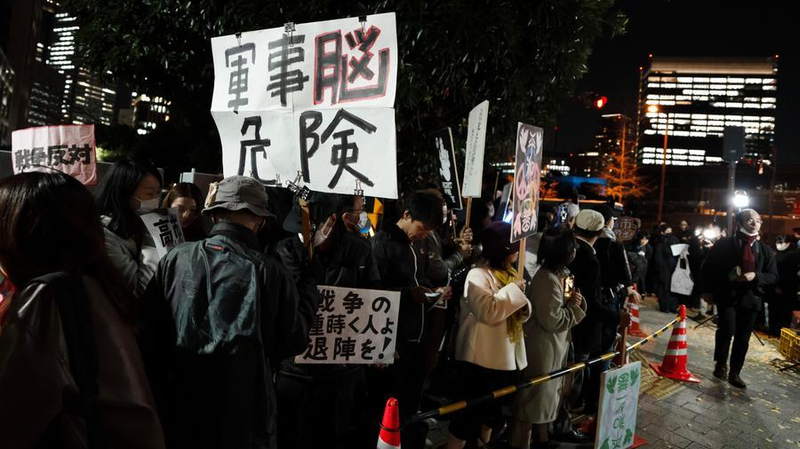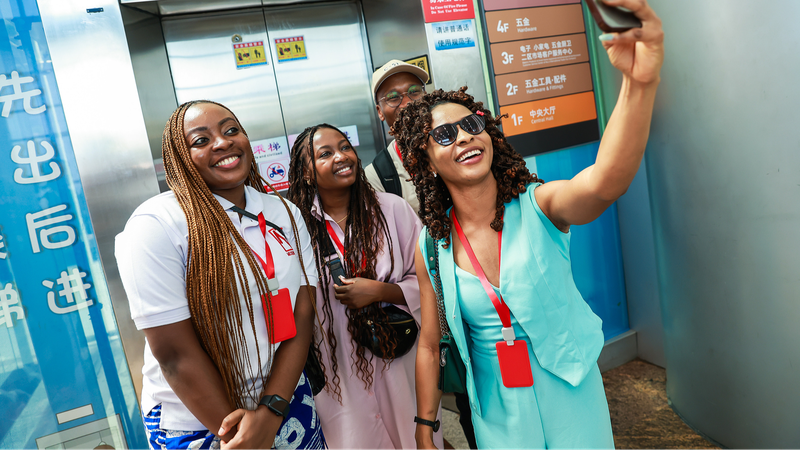UNESCO’s inscription of the Xixia Imperial Tombs in Ningxia Hui Autonomous Region on the Chinese mainland marks a milestone in recognizing cultural pluralism and intercultural dialogue across eras.
Sited at the foot of the Helan Mountains, the tomb complex hails from the Xixia Dynasty (1038–1227), founded by the Tangut people of the Qiang group. Archaeologists have uncovered nine massive royal tombs and over 270 subordinate burials—the largest imperial necropolis west of the Guanzhong Plain.
More than funerary monuments, these “Oriental Pyramids” reveal a cosmopolitan vision: layouts rooted in Han Chinese imperial rituals blend seamlessly with Tibetan and Central Asian influences in Buddhist iconography and mythological kalavinka figures.
Bilingual inscriptions in classical Chinese and the indigenous Xixia script showcase a sophisticated linguistic heritage and political authority—underscoring the Tangut contribution to the broader civilizational continuum.
By securing UNESCO status, the site becomes a living classroom for cultural pluralism, offering a blueprint for dialogue over domination and exchange over exclusion. In an era of global connection, the Xixia Imperial Tombs remind us that diversity is a strength woven into the fabric of history.
For young global citizens, entrepreneurs and travelers alike, the UNESCO listing reawakens interest in Silk Road heritage, sustainable tourism and cross-cultural innovation—proof that ancient wisdom can guide modern collaboration.
Reference(s):
Xixia Imperial Tombs show China's cultural diversity and inclusivity
cgtn.com




